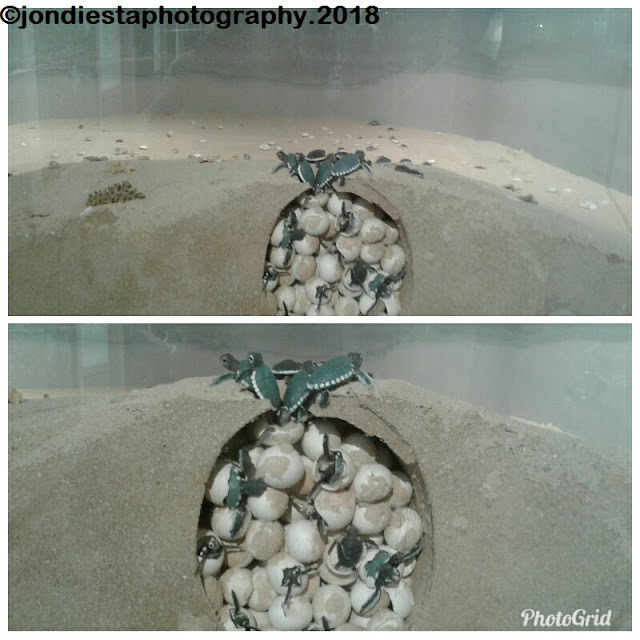Located in the poblacion or town center of Silang, Cavite, there is a new attraction for your gastronomic trip especially if you are searching for something "Oishi!" (Japanese term for delicious or tasty). Definitely, there is a Japanese food house which can be found within the town proper.
 |
| Japanese Ramen, Coffee Jelly and Kafe Latte are some specialties offered in Kojiro. |
Some of my friends and colleagues always say that they are going to Kojiro for some food trip and it was interesting to experience to eat Japanese cuisine. Usually, I've done that after I went to Tagaytay and I've got the chance to go to this Japanese Snack and Food House.
 |
| Looks like an ordinary canteen, but this is a typical look of a Japanese snack house depicted in the facade of Kojiro. |
 |
| There are only few chairs but you will enjoy the Japanese food in Kojiro Snack and Food House. |
Kojiro Snack and Food House is located few walks away from Silang Church and Silang Municipal Hall. It looks like an ordinary snack house but this is a typical look of a Japanese food stall with ornaments and wooden walls and ceilings. There are many best sellers and specialties in this restaurant. First, the Nabe Yaki Ramen, their authentic Japanese noodles. You may pick between the Original Flavor or Spicy Flavor and this specialty is worth P130.00. It is made up of Japanese noodles teemed up with spicy, red-orange broth, carrots, spicy green herbs, corn, butter and egg. You will experience the true Japanese experience when they serve their Ramen with their boiling broth as well with the hot and spicy noodles together with other ingredients.
 |
| Nabe Yaki Ramen (P130.00) |
 |
| Their creamy Coffee Jelly worth P15.00 |
 |
| The most famous delicacy of Kojiro, the Koroke (P12.00 per piece). |
 |
| Their small yet full-packed vegetable pizza, Okonomiyaki. |
Aside from Ramen, don't forget to try other side dishes such as the Koroke, a round mashed potato that is deep fried and garnished with seasonings and sauce. You may also try their Coffee Jelly which is also topped with milk and chocolate powder and their Kafe Latte or their ice-cold coffee drink. Definitely, if I will come back, I will try their Napolitan Spaghetti, Okonomiyaki or their Japanese vegetable pizza, Crispy Shawarma and Tako Pops (simply known as Takoyaki).
The dishes there are quite sumptuous and mouth-watering and definitely, the food are authentically Japanese because of the delicious taste, and the prizes are just affordable. Cars are not allowed in front of Kojiro, so you need to find a parking area nearby. The place is not cozy that you will expect but for sure, you will enjoy the experience of eating authentic Japanese food and the ambiance is very similar to Japan which is very clean and organized.
Therefore, if you made it to Silang, it is like you are traveling in Asia with their culinary spots offering Asian cuisine including Filipino, Japanese, Korean, Thai, Vietnamese, and Singaporean delicacies with their respective restaurants. Enjoy your gustatory trip and Oishi!
KOJIRO SNACK AND FOOD HOUSE
#87 B. Reyes St. Poblacion II (PUTOL), Silang, Cavite
https://www.facebook.com/KojiroKoroke
@KojiroKoroke
Open from Sunday to Friday, 12:00-7:30 PM
Last orders for the day will be taken at 7:00 PM
Date of Travel: May 6 & 24, 2018






















































